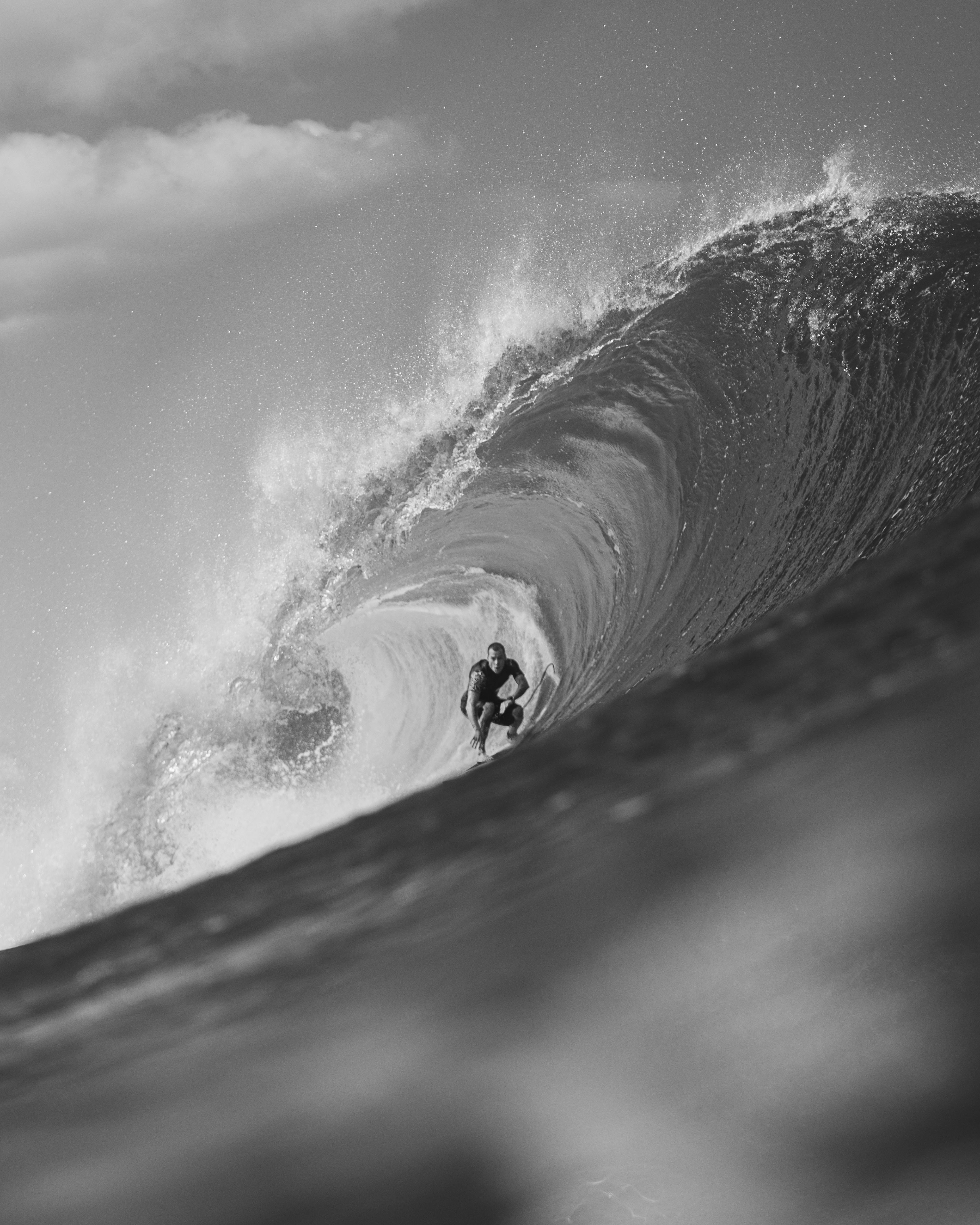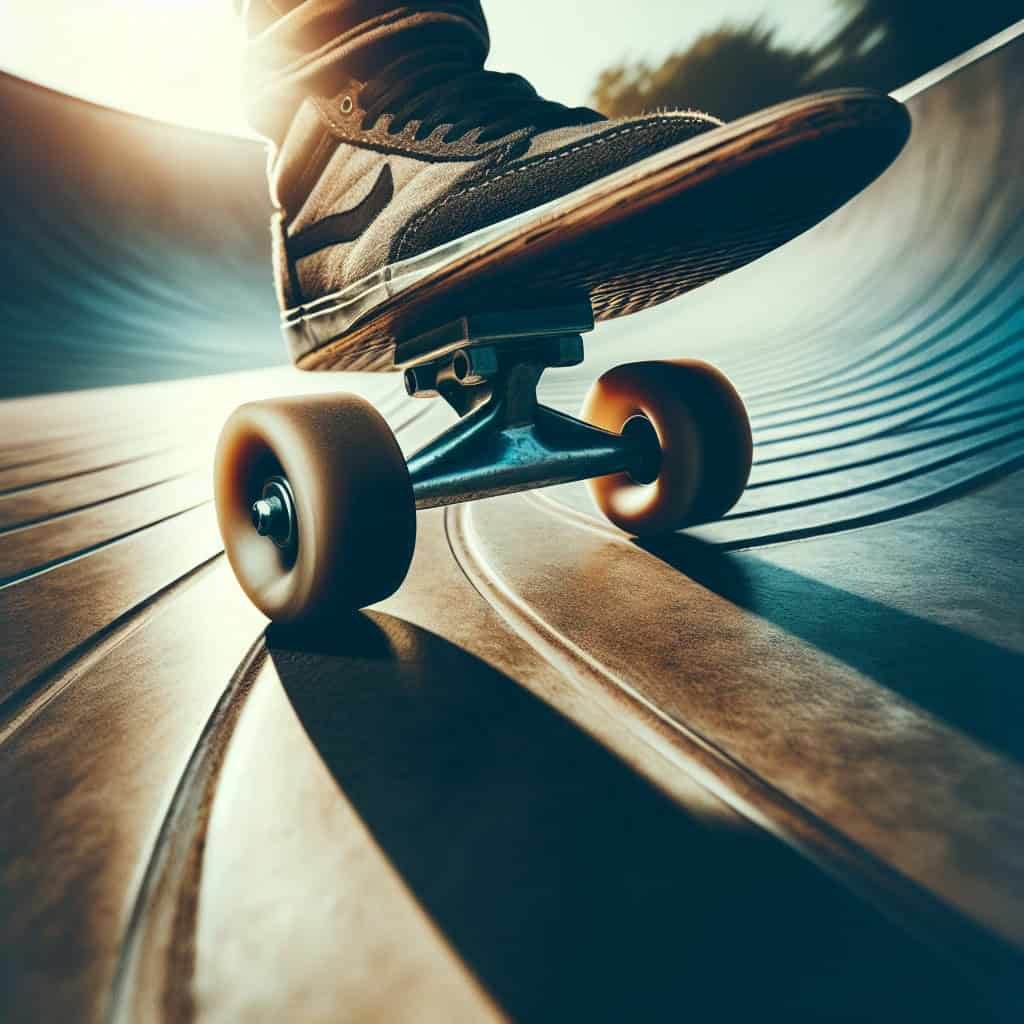So, you’ve just picked up skateboarding, and you’re feeling pretty confident on your board. But now you’re wondering, how do you take your skills to the next level? How do you transition from being a beginner to becoming an intermediate skateboarder? Well, fear not, because in this article, we will explore some essential tips and tricks that will help you level up your skateboarding game. Whether it’s mastering the basics, improving your technique, or challenging yourself with new tricks, we’ve got you covered. Get ready to elevate your skateboarding skills and impress your friends at the skate park!
Mastering the Basics
Skateboarding is all about finding your balance and getting comfortable on your board. Learning proper stance and balance is the first step towards becoming an intermediate skateboarder. Start by standing on your board with your feet shoulder-width apart. Make sure your front foot is perpendicular to the board while your back foot should be angled slightly towards the tail. This stance will give you stability and control as you ride.
Once you’ve got your stance down, it’s time to practice pushing and rolling. Pushing is the technique used to generate momentum and move forward on your skateboard. Place your front foot towards the middle of the board and use your back foot to push against the ground. As you gain speed, practice rolling smoothly by shifting your weight from your toes to your heels and back again. Remember to keep your knees slightly bent to maintain balance.
In addition to pushing and rolling, developing consistent foot positioning is crucial for control. Your foot position will vary depending on the trick or maneuver you’re attempting, so it’s important to practice different foot placements. For example, when cruising or riding in a straight line, your feet should be parallel to the board. However, when attempting tricks, you may need to adjust your foot position to achieve optimal control and leverage. Experiment with different foot placements and find what works best for you.
Improving Skateboard Control
Once you’ve mastered the basics, it’s time to focus on improving your skateboard control. Turning and carving are fundamental skills that will enhance your ability to maneuver and navigate different terrains. To turn effectively, lean your body in the direction you want to go while bending your knees and tilting your board. Practice carving by making smooth, flowing turns, using your body and weight distribution to guide your board.
Learning to kickturn is another crucial skill for skateboard control. A kickturn allows you to change directions quickly by lifting the front or back wheels off the ground and pivoting your board. Start by practicing kickturns on flat ground, gradually increasing your speed and confidence. As you progress, you can incorporate kickturns into your regular skating routine, using them to navigate around obstacles or change directions smoothly.
Tic-tacs and manuals are additional techniques that can help enhance your skateboarding control. Tic-tacs involve quickly shifting your weight and rocking the board back and forth to generate motion without pushing. This is a useful skill for maintaining momentum and changing directions while cruising. Manuals, on the other hand, involve balancing on either your back or front wheels while rolling. They require constant adjustments in your body positioning and are a great way to improve your overall balance and control.

Building Confidence on Ramps
Transitioning from flat ground to ramps can be intimidating, but with practice and proper technique, you can build confidence and conquer them. Getting comfortable with drop-ins is an essential step in ramp skateboarding. A drop-in involves rolling down the ramp from a standing start, smoothly transitioning from flat ground to the downward slope. Start on smaller ramps with a gradual incline and gradually work your way up to steeper ramps. Focus on maintaining your balance and staying centered as you drop-in.
Learning how to pump on a ramp is another crucial skill for ramp skateboarding. Pumping involves using your body to generate momentum and maintain speed on the ramp. As you approach the transition, compress your body by bending your knees and then extend your legs as you reach the top of the ramp. This pumping motion will allow you to gain speed and flow smoothly from one side of the ramp to the other. Practice pumping on different ramp sizes and angles to develop your pumping technique.
Once you’ve gained confidence on ramps, it’s time to start practicing basic tricks. Start with simple tricks like kickturns and pivots, gradually progressing to more advanced moves like airs and grabs. Use the ramps to your advantage, employing them as launch ramps or obstacles for added challenge and excitement. Remember to always prioritize your safety by wearing protective gear and starting with smaller ramps before attempting larger ones.
Expanding Trick Repertoire
As you advance as a skateboarder, it’s time to expand your trick repertoire. Learning ollies and pop shuvits are fundamental tricks that provide a solid foundation for more advanced maneuvers. An ollie involves using a combination of popping the tail of your skateboard and sliding your front foot upwards to make the board leave the ground. Practice this motion to master the art of ollieing and improve your overall board control.
Once you’ve got ollies down, it’s time to explore flip tricks. Flip tricks involve flipping or spinning the board while in the air. Tricks like kickflips and heelflips are popular among skateboarders and require precise foot positioning and timing. Start by practicing these tricks on flat ground before attempting them on ramps or obstacles. As you progress, experiment with different flip trick variations to challenge yourself and expand your skillset.
Grinds and slides are another aspect of skateboarding that can take your skills to the next level. Grinds involve sliding along an edge or rail with the trucks of your skateboard, while slides involve sliding on the bottom of the board. Start with basic grinds like the 50-50 grind and boardslide, gradually progressing to more advanced tricks like feeble and smith grinds. These tricks require balance, coordination, and confidence, so be sure to practice on appropriate surfaces and wear protective gear.

Developing Spatial Awareness
Skateboarding isn’t just about tricks; it’s also about navigating obstacles and different terrains. Developing spatial awareness will help you navigate the urban landscape and make split-second decisions while skating. Practice riding through a variety of environments, such as skate parks, streets, and skate spots. Familiarize yourself with different obstacles like rails, stairs, and curbs, and practice riding over and around them.
In addition to navigating obstacles, learning to pump on transition is a valuable skill. Transition skating involves riding on surfaces with curved inclines, such as bowls and halfpipes. Pumping on transition requires precise weight distribution and timing. As you approach the transition, compress your body and extend your legs to generate momentum and maintain speed. Mastering this technique will allow you to flow seamlessly on transition ramps and make the most of your skateboarding experience.
Quick turns and dodges are also essential skills for navigating crowded areas or unexpected obstacles. Practice making tight turns by using your body and weight distribution to pivot your board quickly. This skill will help you avoid collisions, make sharp maneuvers, and maintain control in tight spaces. Be aware of your surroundings at all times, anticipate potential hazards, and develop the ability to react quickly.
Strengthening Ollie Technique
Perfecting your ollie technique is crucial for executing more advanced tricks and maneuvers. Focus on improving your ollie height and distance by practicing on flat ground and gradually increasing the height of the obstacles you ollie over. Start with small ramps or curbs and gradually work your way up to higher obstacles. Use proper foot placement, timing, and pop to maximize your ollie’s height and distance.
Once you’ve mastered the basic ollie, it’s time to explore ollie variations. Practice ollieing up and down curbs, ledges, and stairs to challenge yourself and improve your precision. Experiment with adjusting your foot positioning and popping technique to adapt to different obstacles. This will enhance your ability to navigate urban landscapes and skate spots, opening up a whole new world of possibilities.

Mastering Manual and Nose Manual
Manuals are tricks that involve balancing on either your back or front wheels while rolling. Mastering the manual requires excellent balance, control, and core strength. Begin by practicing manuals on flat ground, starting with short distances and gradually increasing the length of your manuals. Focus on keeping your body centered, using subtle movements to maintain balance, and practicing consistent weight shifts.
Once you’ve mastered the basic manual, it’s time to explore nose manual variations. A nose manual is a manual performed on the front wheels of the skateboard. Practice different nose manual variations, such as nose manual shuvits or nose manual kickflips, to challenge yourself and improve your overall balance and control. Combining manuals with other tricks, such as ollies or flips, will further enhance your skateboarding creativity and style.
Exploring Advanced Flip Tricks
If you’re looking to take your skateboarding to the next level, exploring advanced flip tricks is a must. Kickflips and heelflips are some of the most iconic and challenging tricks in skateboarding. These tricks involve flipping the board while performing an ollie motion. Mastering kickflips and heelflips requires precise foot placement, timing, and commitment. Start by practicing these tricks on flat ground before attempting them on ramps or obstacles.
Once you’ve got kickflips and heelflips down, you can progress to more technical flip tricks like varial flips and 360 flips. These tricks involve adding extra rotations or flips to the board while in the air. Practice the motion and timing required for these tricks to achieve consistency and style. As you develop your skills, explore different flip trick combinations to showcase your creativity and push the boundaries of your skateboarding ability.
Getting Comfortable with Grinds
Grinding is a fundamental aspect of street skateboarding and requires precision, balance, and control. Mastering basic grinds like the 50-50 grind and boardslide is a great starting point. A 50-50 grind involves sliding with both trucks along an edge or rail, while a boardslide involves sliding with the underside of the board. Practice these grinds on appropriately sized rails and ledges, focusing on maintaining balance and control throughout the entire grind.
Once you’ve mastered the basics, it’s time to explore more advanced grind tricks like feeble and smith grinds. A feeble grind involves sliding along an edge or rail with the front truck while the back truck hangs over the obstacle. Conversely, a smith grind involves sliding with the back truck while the front truck hangs over the obstacle. These tricks require precise foot placement, weight distribution, and commitment. Practice on different obstacles and sizes to challenge yourself and expand your grind repertoire.
Transitioning to Advanced Ramps
As you progress as a skateboarder, transitioning to larger ramps and more advanced tricks becomes a natural next step. Learning to drop in on larger ramps is an essential skill to conquer. Start by finding a ramp with a gradual incline and practice dropping in from the top, focusing on maintaining your balance and control. As you gain confidence, gradually progress to steeper and larger ramps. Always prioritize your safety and wear appropriate protective gear when attempting advanced ramps and tricks.
Practicing airs and grabs is another aspect of advanced ramp skateboarding. Once you’re comfortable riding the transition and generating speed, learning to launch yourself off the ramp and perform aerial tricks can add a new dimension to your skateboarding. Start with a small ramp and focus on getting airborne while maintaining control. As you improve, incorporate grabs, such as indy grabs or melon grabs, to add style and creativity to your airtime. Progress to larger ramps as your skills and confidence increase.
Exploring more advanced ramp tricks is the final step in transitioning to an intermediate skateboarder. Once you’ve mastered the basics, feel confident dropping in, and have developed your aerial skills, it’s time to push your skateboarding to new heights. Experiment with tricks like 540 spins, lip slides, or even attempting complex trick combinations. Remember to always skate within your comfort zone and progress at your own pace. With dedication, practice, and a never-ending desire to challenge yourself, you’ll continue to evolve as a skateboarder and unlock new possibilities.

